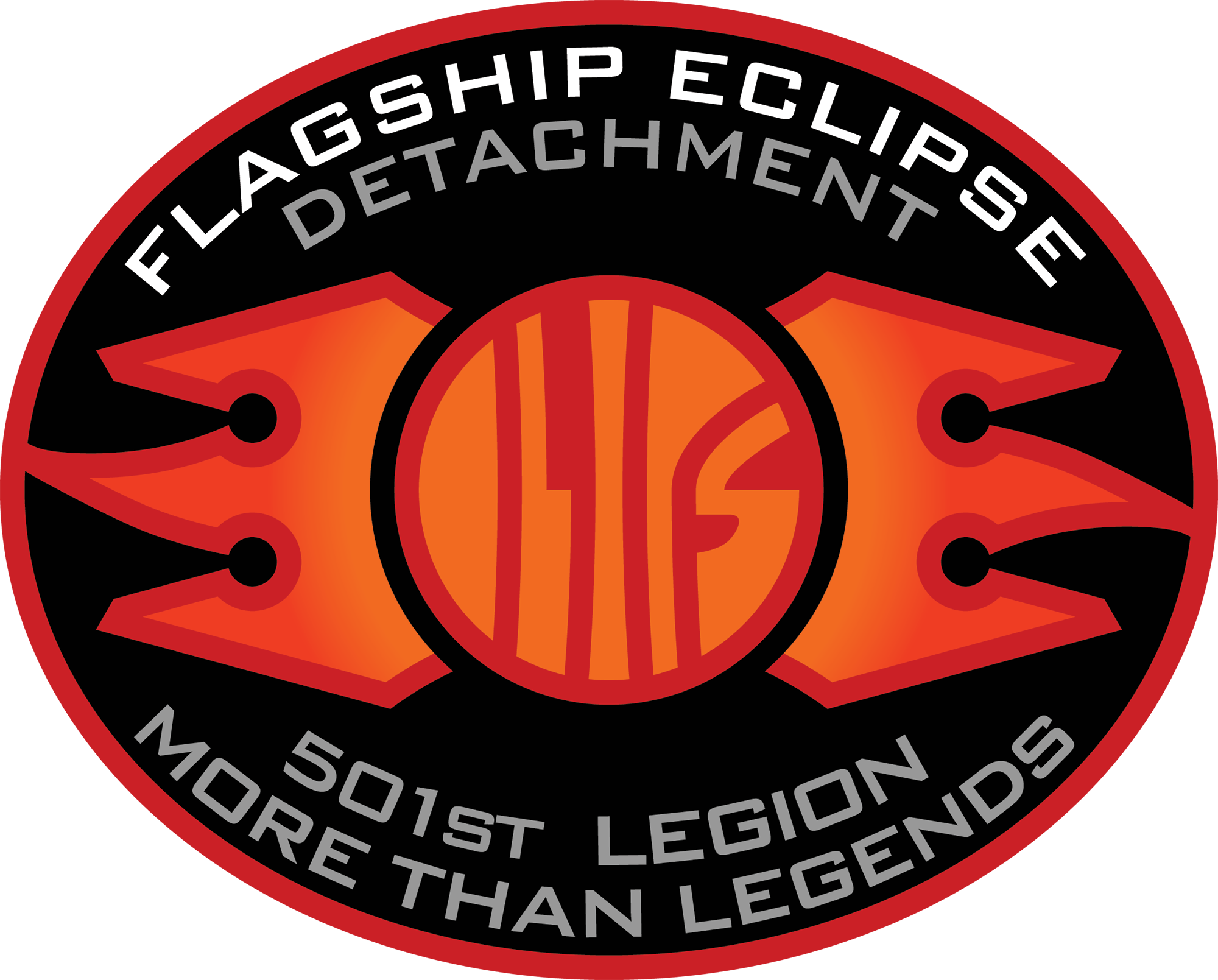
Sid Meier’s Civilization franchise has been around in gaming for almost as long as civilization itself. While the series has never been easy for new entrants to get acquainted with, given the more challenging mechanics to learn, it has definitely opened up and become more mainstream and accessible over the past decade or more. With each new version of Civilization, broad new features are added against the previous version of the game, making the experience vastly different as you proceed across each age of Civilization games.
There have been several Civilization games that have come out over the years, but realistically, there are only nine main Civilization games on traditional PC and gaming console platforms. And with those nine, here is a ranked list of each Civilization game from worst to best.
9) Civilization Revolution
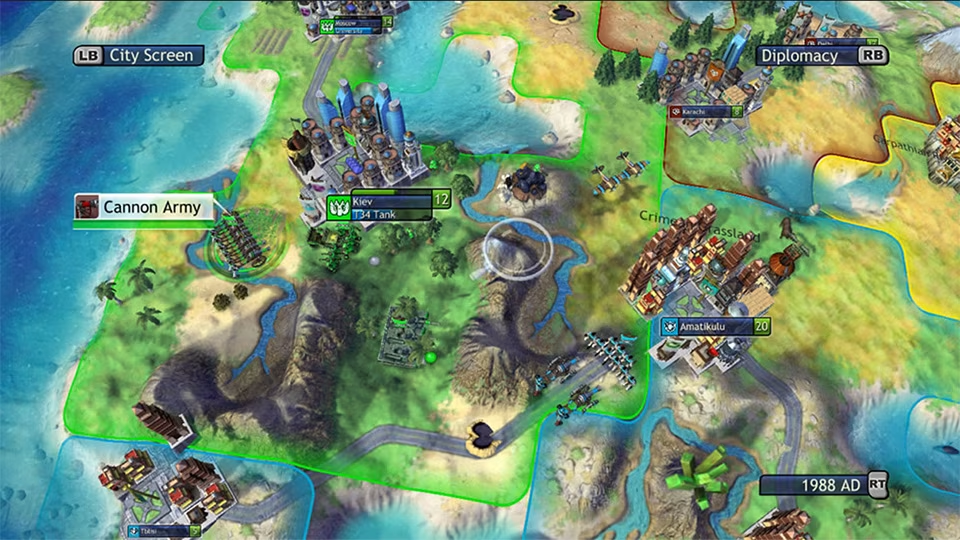
Civilization Revolution was the first Civilization game that was built entirely for console audiences. To appeal to console audiences that perhaps have never encountered a Civilization game in the past, a lot of the mechanics from the PC version of the game were stripped down and simplified. In addition, games would often last several hours vs. several days. Between these two adjustments, Civilization Revolution would make the franchise more palatable for console audiences just getting into the franchise.
However, for mainstay fans of Civilization, the game was just too simplistic and didn’t offer the same level of challenge that comes with a typical Civilization game. It’s missing that level of depth that makes Civilization so iconic and memorable.
8) Civilization: Beyond Earth

Civilization in space! It felt like an easy win as far as concepts go, especially in an era where conversations often arise about colonizing the moon or Mars. There are so many options to consider when adapting the game of Civilization to showcase the gradual progression of mankind as it settled on another planet, but as far as Civilization: Beyond Earth is concerned, the delivery was missing.
The ideation and mechanics of Beyond Earth made sense overall. You had the choice during the gameplay to achieve harmony (adapt to the new planet’s environment), purity (make the world more like Earth), or supremacy (merge man and machine to ascend to a new digital consciousness) over the alien world. These three affinities were an incredibly cool idea for how to progress over time as a civilization on a new planet. And the barbarians were replaced with aliens native to the planet. However, the tech tree was rather unwieldy, and the different civilizations didn’t feel so unique against one another. Overall, the experience was often without much conflict in each new round.
7) Sid Meier’s Civilization
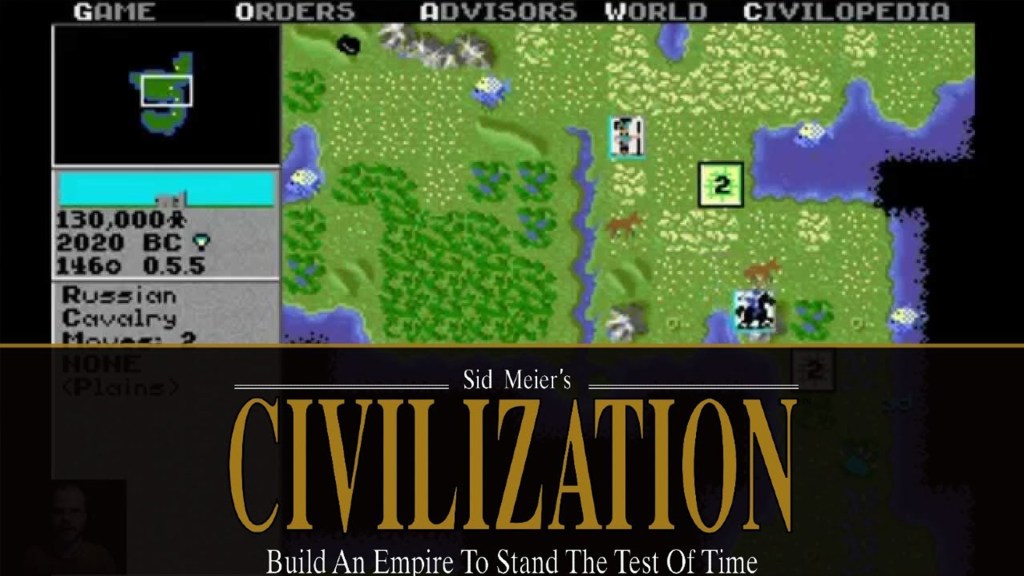
The Civilization that started it all with the need for just one more turn. The bones of this franchise had its foundation laid out in 1992. Already with the first Civilization, some of the core concepts were established: take a prehistoric civilization throughout the technological tree to advance to the modern era and build an empire that will survive the tests of time. Other familiar aspects had their beginning in Civilization, like growing and expanding a population, building infrastructure to combat unhappiness, or that larger militaries come with civic discontent when moved out of home territory, showcasing national discontent from playing too militaristically.
While the greatest of foundations for this series were set in place with the original Civilization, the problem exists that each next version of Civilization builds on the bones of the prior Civilization. With Firaxis Games currently being on Civilization VII, modern players would have a hell of a time moving against the flow of the series to visit earlier versions of the game. While the core mechanics would be true for all of the Civilizations, how those mechanics are realized, and the graphics behind them, vary too greatly at this point in history. In a way, Civilization is the prehistoric era in comparison to the modern era of Civilization VII.
6) Sid Meier’s Civilization 2

Civilization II was a beloved follow-up to the original Civilization, coming during the golden years of Microsoft on the Windows 95 operating system. Civ II boasted fresh graphics with a fairly easy flow through system for new entrants to get acquainted and invested in the game without the largest of learning curves like later iterations of Civilization.
Civilization II also added a host of new features, like diplomatic reputation and waste from production. The first Civilization utilized a top-down view, but Civilization II offered an isometric view, which offered a more user-friendly perspective for each playthrough. However, given the age of Civilization II, the game mechanics and features are much older to get into as compared to where the series is now.
5) Civilization 7
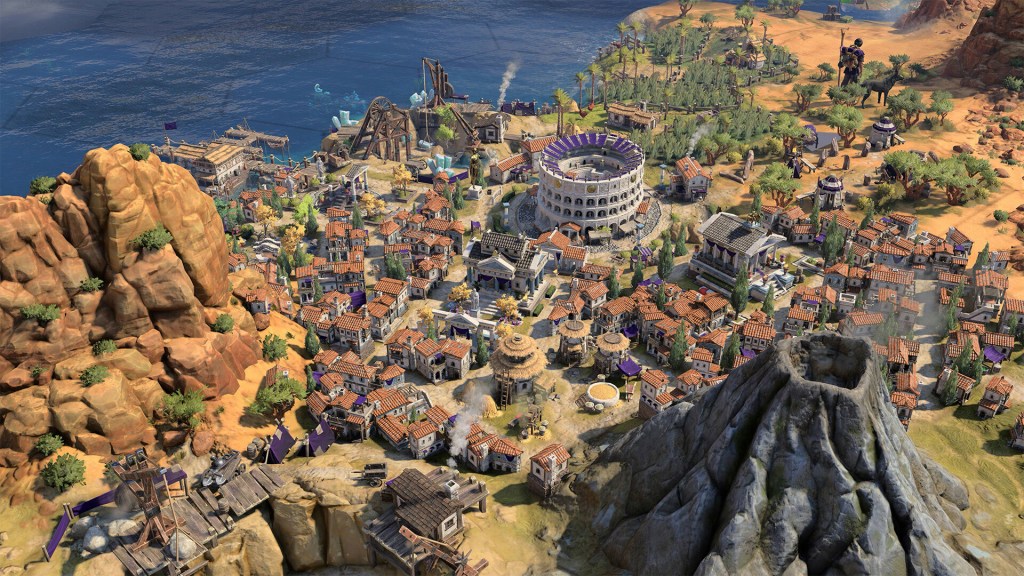
Civilization VII took the bold step forward to push the Civilization series into a new direction where the Civilization with which you begin the game is not necessarily the Civilization you end the game. Instead, with each era, you will pick a new civilization amongst a few choices that will vary in benefits depending on the next nation you pick. Most of your military will be retired, cities will downsize to towns with some caveats, and a lot of the political associations with AI nations will reset. This reset offers advantages that in each new era, there are brand new challenges, versus one player taking off in the early/mid-game and becoming unstoppable, with a boring late game.
With the end of the stacks of doom, a new issue emerged where the late game of Civilization is also plagued with moving around massive armies spread out over a lot of hexes, and managing a plethora of workers to continue upgrading. Civilization VII does away with the work and leaves upgrades to the city to perform, whilst armies can be combined under a military leader to expedite movement. The main issue for Civilization VII is that the military and war mechanics are not optimized, which makes war quite an infuriating aspect of the game.
4) Civilization 5

If you know that Gandhi is the answer to the question of which civilization is most likely to declare war and nuke you, then you know Civilization V. Civ V took a lot of brave steps forward in innovating the series. Gone are the days of the stacks of doom, as each hex would now only support one military unit and a non-military unit, like the worker. No longer would Civilization function on a square grid, but was upgraded to six-sided hexes, offering a new host of benefits and challenges when building an empire.
And the callout to Gandhi as a nuclear leader? It was an inspired homage to the original Civilization, where Gandhi was rumored to have a coding error that made him much more likely to become aggressive with nukes. Given the peaceful nature of Gandhi, the error was comical to players and made a comeback in Civilization V as an Easter egg for longtime fans of the series.
3) Civilization 6
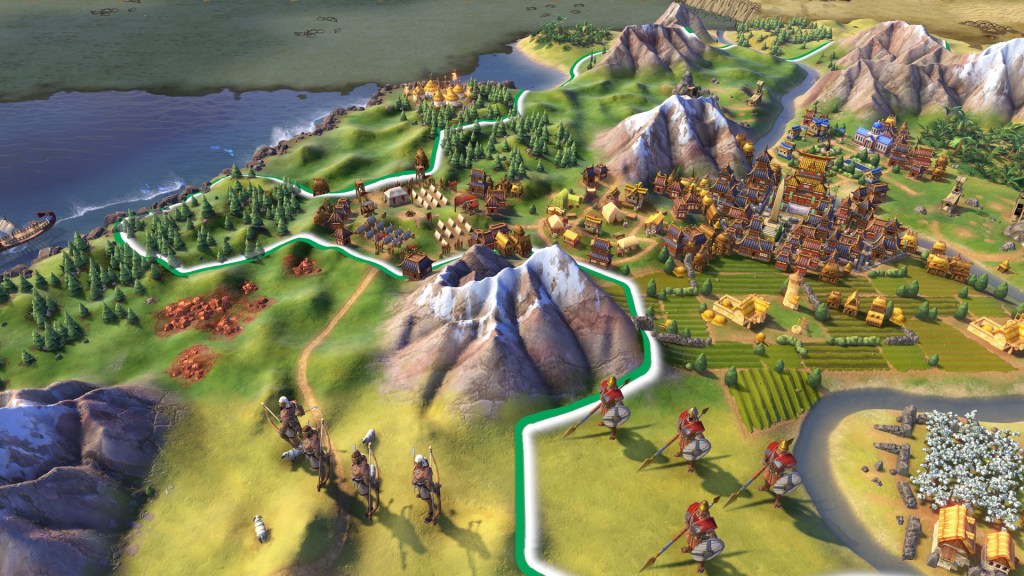
Civilization VI took many steps to improve upon some of the areas of discontent with Civilization V, chief being the issue with the movement of large militaries and the plethora of worker units left over. In Civilization VI, workers are replaced with builders who have a limitation of being able to perform only three tasks before retiring. They’re cheaper to build, so when the demand for change is there, you can build them quickly, but avoid being stuck with them in the late game. Separately, individual units of the same type can be combined together in the late game to remove military bloat, and these combined armies are much more difficult to contend with (a middle ground between the stacks of doom and individual corps).
Separately, Civilization VI also changed cities and infrastructure building completely. Gone are the days of every city being able to build every single building. Instead, cities would build districts, like the Science District, that allow them to specialize in specific fields. The number of districts is limited to avoid district bloating, so more thought is required across city planning. However, the biggest issue was the actual challenge of the AI. The AI was touted as a vast improvement, but when it came to threats from other nations, they were quick to declare war but had no clue how to effectively fight those wars. Therefore, military conflicts were little threat, and instead the computer focused on rushing through the science tech tree, which took away the joy of the classical and medieval era of the game.
2) Sid Meier’s Civilization 3
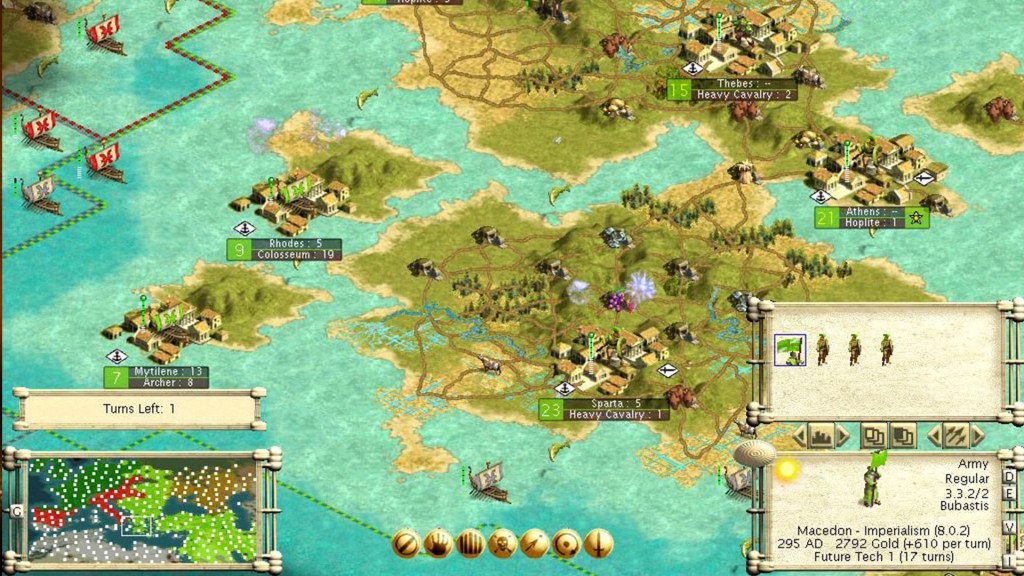
If Civilization I and Civilization II are proof of concept, Civilization III was the start of the franchise coming into maturity. Civ III was the first Civilization title coming from Firaxis Games, co-founded by Sid Meier, and the game took a big step towards adding a plethora of new features against prior Civilization games. First and foremost was cultural and diplomatic victories were enabled, resources were expanded upon between strategic, luxury, and bonus hexes. The AI has gotten smarter in every Civilization game, but the result is often that the only real conflict is from being left out of scientific trade agreements. However, Civilization III had truly terrifying computer opponents to contend with from a military standpoint. And with culture in play, cities could often be left rioting from the threat of a culturally superior AI civilization.
The expansions for Civilization III were worth the cost, but Civilization III: Play the World added multiplayer, which arguably should have been included in the base game. Civilization III: Conquests was the masterpiece of the two DLCs, because of the addition of the scenarios. The scenarios offered the chance to live, or rewrite history, through these scenarios, like The Rise of Rome, Fall of Rome, or Sengoku Sword of the Shogun. Both expansions also offered significantly more nations to play in Civilization III, which increased the replayability.
1) Civilization 4
Name another game with a Grammy Award-winning intro. Indeed, Civilization 4 is a fantastic game from the moment you listen to the Baba Yetu intro until the moment you reach Alpha Centauri. Even better, each step of technological advancement was a joy because each technology came with a relevant quote that was read by the one and only Leonard Nimoy.
Civilization IV was a huge step forward in terms of visuals against the first three Civilization games, in that Civilization IV was the first Civilization with 3D graphics. Civilization IV also came with two DLCs: Civilization: Warlords and Civilization: Beyond the Sword. Of the two, Beyond the Sword was the better DLC, offering the ability to form corporations and colonies. Corporations could be expanded to other countries to create multinational corporations, and colonies would form when building three or more cities on a new landmass, which came with a host of benefits. Civilization IV was also the last stand for the stacks of doom, with later Civilizations creating a unit limit per square. The days of facing against Montezuma’s stacks of doom are a sorely missed period in gaming history.
The post Every Civilization Game Ranked From Worst to Best appeared first on ComicBook.com.
